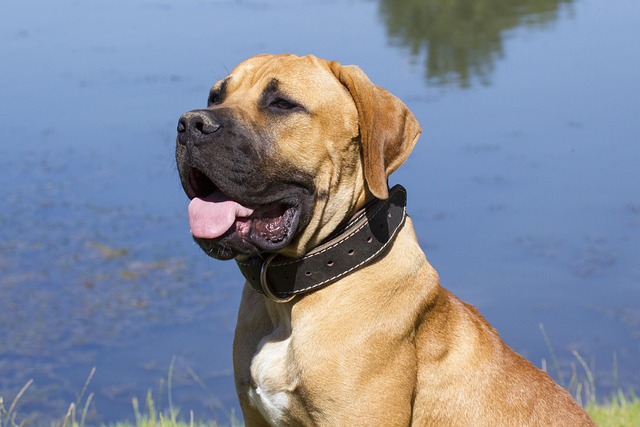
How do I start my dog on agility training?
The idea of watching your dog leap, weave, and race through an agility course is exhilarating. But before you dive in, it’s essential to understand the journey ahead,
Picture this: You walk through the door after a long day, and there he is. Your glorious Golden Retriever, tail wagging so hard his whole body wiggles, eyes sparkling with pure joy… and inevitably, clamped firmly in his jaws, is something. Maybe it’s a well-loved, slightly soggy tennis ball. Perhaps it’s your recently discarded slipper (hopefully not the one you’re still looking for!). It could be a favorite stuffed duck, a sturdy rope toy, or even just a random stick brought in from the garden. If you share your life with a Golden, you’ve likely seen this scene play out countless times. That gentle, persistent mouthiness is practically a breed trademark. But have you ever stopped to wonder, why? Why does your furry companion feel this deep-seated need to always have something, anything, in their mouth? Let’s unpack this adorable and sometimes slightly inconvenient quirk.
The answer isn’t just one simple thing; it’s woven into the very fabric of what makes a Golden Retriever a Golden Retriever. We have to start at the beginning – their job. Golden Retrievers weren’t bred to be just charming couch companions (though they excel at that too!). They were meticulously developed in the Scottish Highlands during the 1800s specifically for retrieving game birds, particularly from water. Think about the demands of that job: A soft mouth was absolutely critical to avoid damaging the delicate bird. They needed immense focus and drive to locate fallen game, often through thick cover or across water. And crucially, they needed an inherent, powerful desire to pick things up and bring them back to their human partner. This wasn’t just a learned behavior; it was hardwired through generations of selective breeding. That deep-seated retrieving instinct is the bedrock of the “something in the mouth” phenomenon. For your modern Golden, picking up that toy, that shoe, that remote control (oops!) isn’t just random; it’s fulfilling an ancient, deeply satisfying genetic imperative. It’s like their internal programming is constantly whispering, “Find object. Carry object. Present object. Good dog!”
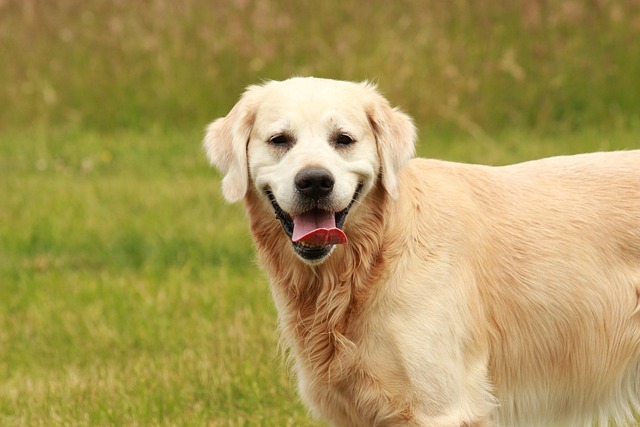 But genetics only tell part of the story. That object in their mouth also serves powerful psychological and emotional purposes. For many Goldens, carrying something familiar – their favorite ball, a cherished plushie – is incredibly comforting. Think of it like a child’s security blanket. The familiar texture and taste (especially if it’s something they’ve chewed on lovingly) can reduce mild anxiety, soothe them during slightly stressful situations (like a gathering of new people), or simply provide a sense of contentment during quiet times. It’s a self-soothing mechanism, perfectly acceptable as long as it doesn’t tip into destructive chewing or obsessive behavior. It also channels their natural need to chew, which is vital for jaw strength, dental health, and mental stimulation, especially during their energetic puppy and adolescent “land shark” phases. Providing appropriate, durable chew toys is non-negotiable for a happy, well-adjusted Golden (and for the survival of your furniture!). Choosing toys made from safe, non-toxic materials that meet international safety standards (look for reputable brands and certifications) is crucial – that random stick might seem natural, but splinters or hidden toxins are a real risk.
But genetics only tell part of the story. That object in their mouth also serves powerful psychological and emotional purposes. For many Goldens, carrying something familiar – their favorite ball, a cherished plushie – is incredibly comforting. Think of it like a child’s security blanket. The familiar texture and taste (especially if it’s something they’ve chewed on lovingly) can reduce mild anxiety, soothe them during slightly stressful situations (like a gathering of new people), or simply provide a sense of contentment during quiet times. It’s a self-soothing mechanism, perfectly acceptable as long as it doesn’t tip into destructive chewing or obsessive behavior. It also channels their natural need to chew, which is vital for jaw strength, dental health, and mental stimulation, especially during their energetic puppy and adolescent “land shark” phases. Providing appropriate, durable chew toys is non-negotiable for a happy, well-adjusted Golden (and for the survival of your furniture!). Choosing toys made from safe, non-toxic materials that meet international safety standards (look for reputable brands and certifications) is crucial – that random stick might seem natural, but splinters or hidden toxins are a real risk.
Then there’s the communication angle. Goldens are famously people-oriented, “velcro dogs” who thrive on interaction. Carrying an object is often their way of initiating interaction or expressing excitement. They bring you their prized possession because they want to play fetch, engage in a gentle game of tug (with rules!), or simply share their joy with you. It’s an offering, an invitation: “Look what I have! Isn’t this great? Let’s do something together!” That hopeful look as they present the drool-covered item is pure Golden communication. Sometimes, especially if they sense you’re busy or preoccupied, simply carrying the object near you is their way of staying connected and content in your presence. It’s their equivalent of hanging out together.
Of course, living with this charming trait requires some practical management, especially considering our modern homes and communities. Safety first: Be vigilant about what they pick up. Small objects pose choking hazards. Certain household items (batteries, certain plants, human medications) are toxic. Teach a reliable “drop it” or “leave it” command using positive reinforcement (treats, praise, play) – this is essential not just for preventing them from grabbing something dangerous on a walk, but also for managing the constant parade of items they present indoors. It’s about mutual respect and safety. Public manners matter too. While it’s endearing at home, not everyone appreciates a large, enthusiastic dog bounding up to them with a slobbery toy, however friendly the intent. Practicing good leash manners in public spaces (adhering to local leash laws, which are common and important in many urban and suburban areas) and teaching your Golden to wait for an invitation before approaching others with their “gift” is part of responsible ownership. It prevents accidental bumps or knocks, especially with children or elderly individuals. Also, be mindful of where they source their treasures during walks – picking up discarded food scraps or unknown objects can lead to stomach upsets or worse. Keeping them leashed in unfenced areas or near roads isn't just legally required in most places; it's a critical safety measure.
So, the next time your Golden greets you with the remote control (hopefully intact!) or follows you around the house with a sock gently held in their mouth, take a moment to appreciate the rich tapestry of reasons behind it. It’s a salute to their noble working heritage, a testament to their gentle, soft mouths, a display of their desire to connect and please, and sometimes, just a simple comfort. It’s not naughtiness (usually!); it’s quintessential Golden-ness. Embrace the gentle carrying, manage it safely and respectfully, provide plenty of appropriate outlets for their mouthing needs (rotating chew toys, structured fetch games), and cherish this unique, endearing expression of what makes your furry best friend so wonderfully… Golden. That slightly damp tennis ball? It’s not just a toy; it’s a symbol of centuries of partnership and a whole lot of love.

The idea of watching your dog leap, weave, and race through an agility course is exhilarating. But before you dive in, it’s essential to understand the journey ahead,

Deciding to bring a Yorkie into your home means embracing a tiny bundle of energy and charm, but it also raises an important question: how straightforward is potty training?
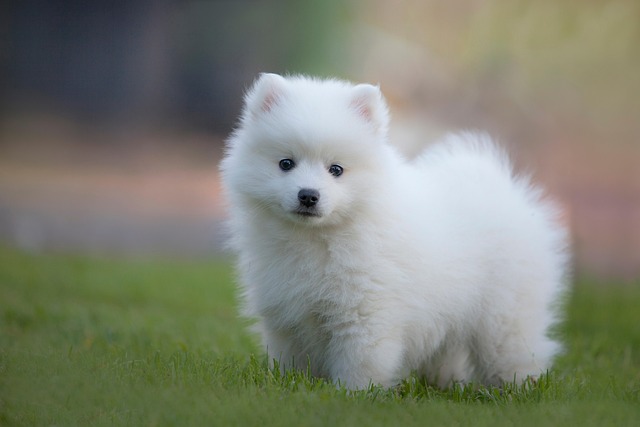
Bringing home a new puppy is an exciting adventure, but it also comes with the big question: What is the first thing you should train your puppy?

Imagine you’re at Seattle’s Green Lake Park with Luna, your energetic Shepherd mix. She spots a duck and lunges, choking herself on the collar.
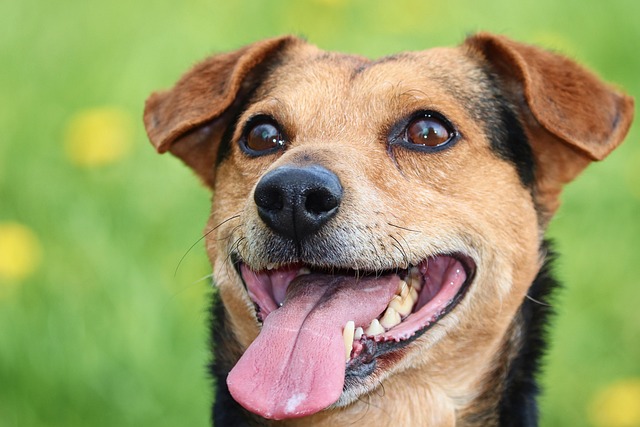
Teaching a 2-year-old dog to fetch might seem challenging, but it’s a rewarding way to bond and keep your furry friend active. Fetch isn’t just a fun game—it provides mental stimulation and physical exercise, essential for a healthy dog.
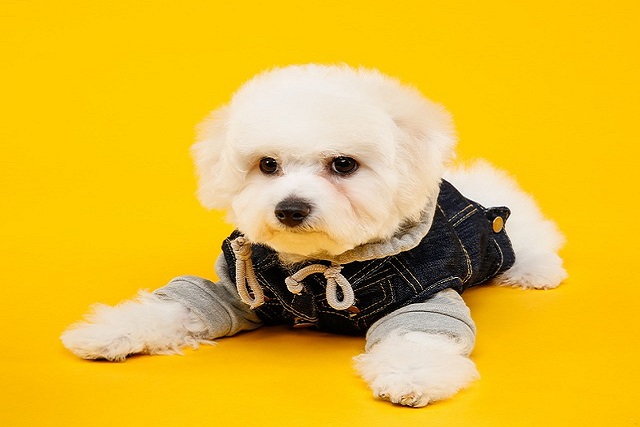
You’ve read all the articles, stocked up on premium treats, and patiently clicked and rewarded your new rescue pup, Charlie.